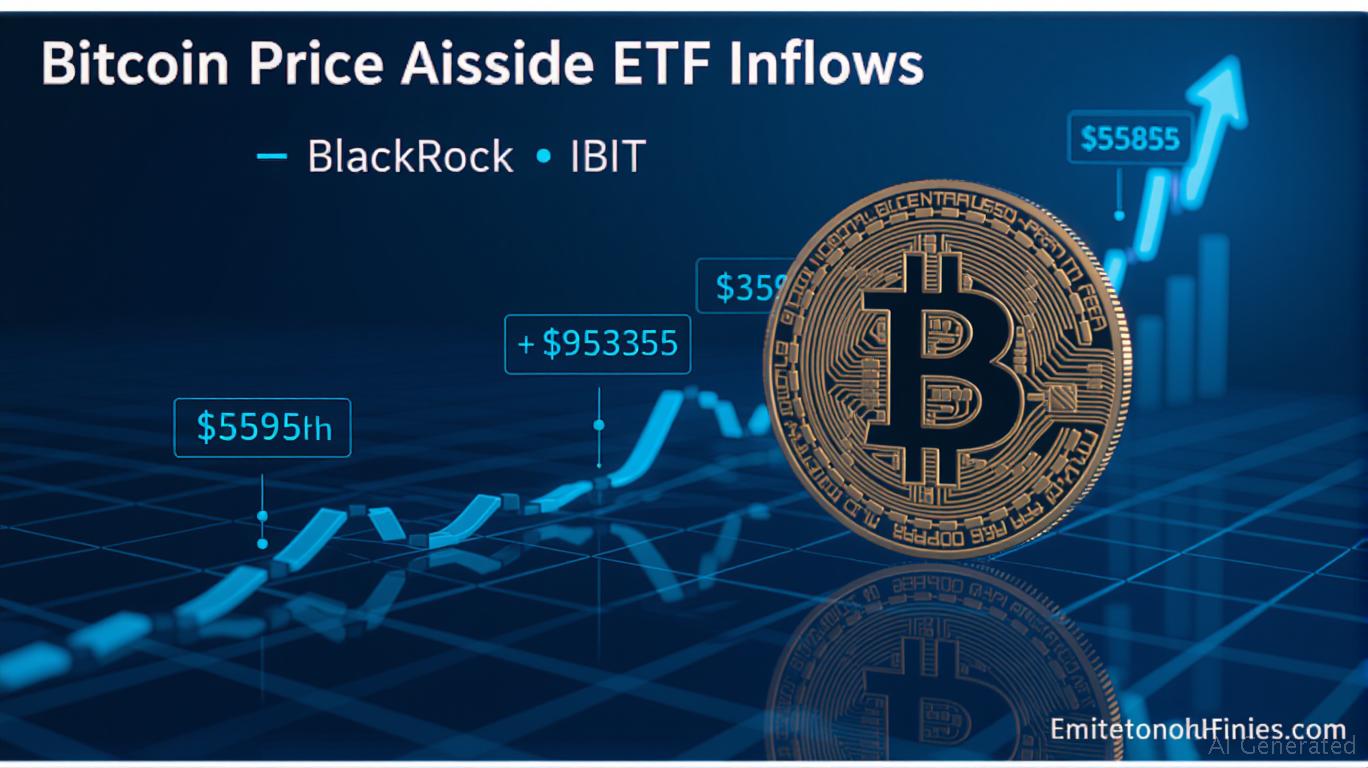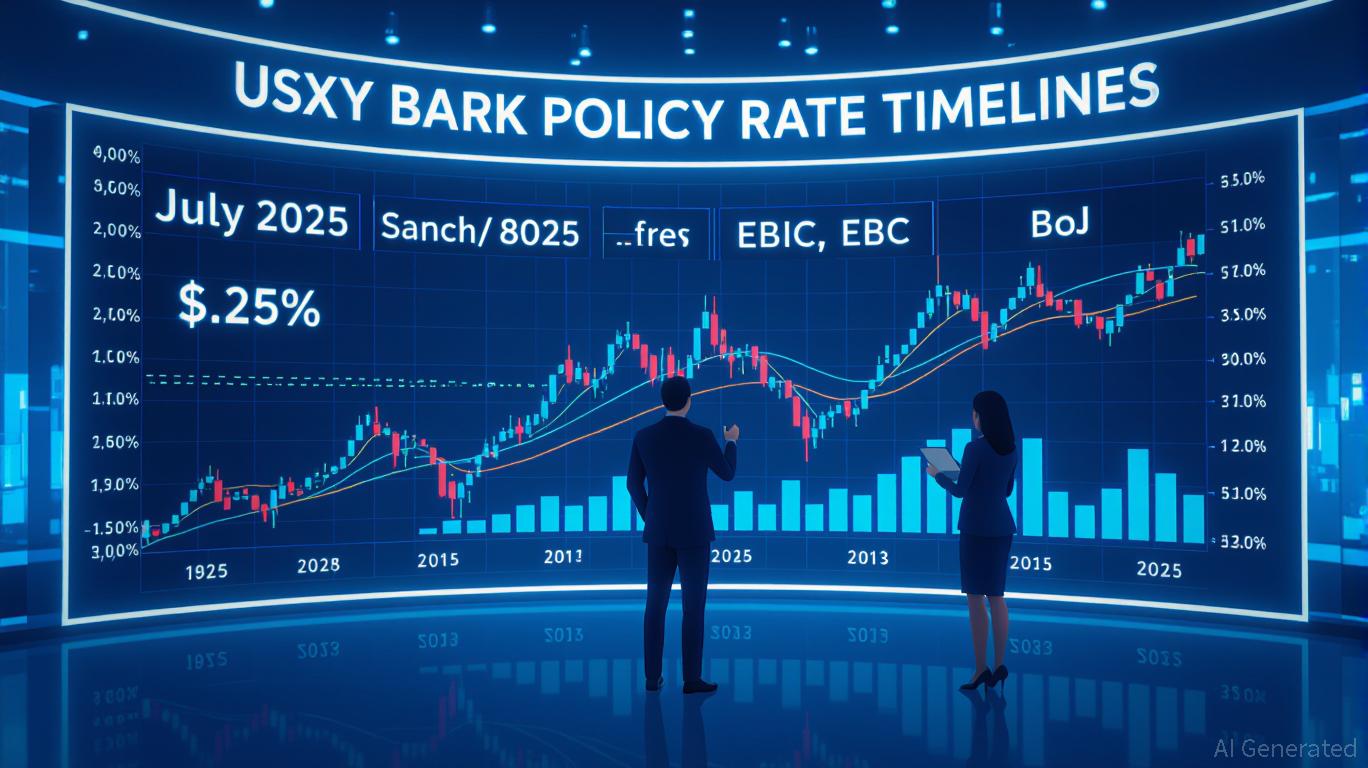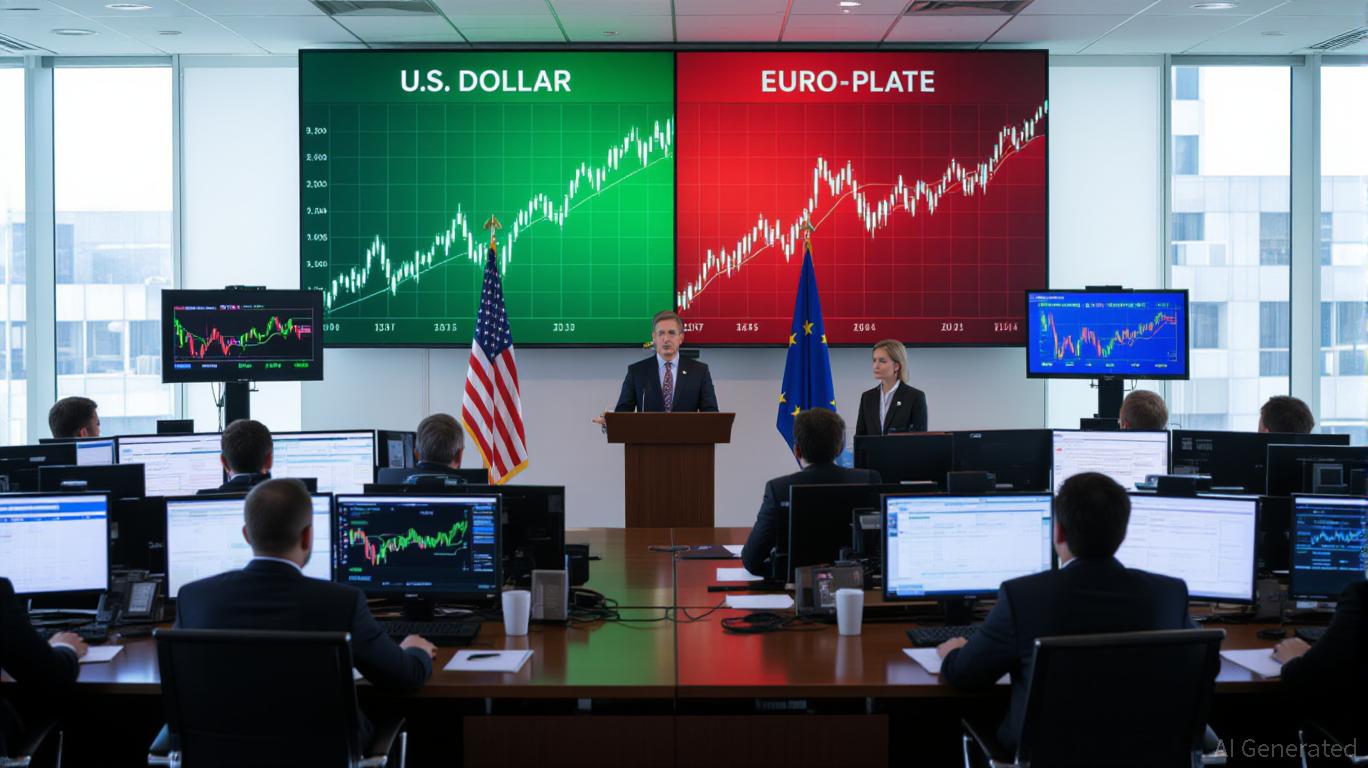AInvest Newsletter
Daily stocks & crypto headlines, free to your inbox
The
ecosystem has reached a pivotal milestone: U.S.-listed spot Bitcoin exchange-traded funds (ETFs) now hold over $135 billion in assets under management (AUM), with inflows surpassing $50 billion since their debut in early 2024. This surge, driven by BlackRock's iShares Bitcoin Trust (IBIT)—which alone accounts for 56% of total AUM—signals a seismic shift in how institutions interact with digital assets. Far from a speculative fad, Bitcoin ETFs are now a cornerstone of modern portfolio diversification, underpinned by regulatory clarity, behavioral economics, and on-chain metrics that validate their staying power.The rise of Bitcoin ETFs reflects a profound trust in regulated instruments as the gateway to crypto for institutional investors. Unlike decentralized exchanges or unregulated futures contracts, ETFs offer transparency, liquidity, and custody assurance—critical for pension funds, endowments, and asset managers. The network effect of ownership concentration amplifies this trust: as institutions pour capital into ETFs, they create a self-reinforcing cycle of demand. For example, BlackRock's
, with over $76 billion in AUM, now holds 700,000 BTC—more than 3% of Bitcoin's circulating supply. This scale has attracted passive investors seeking exposure to a digital asset without the operational risks of self-custody.
Glassnode's data reveals a paradigm shift in Bitcoin's ownership structure. The Long-Term Holder (LTH) supply—coins held for over 155 days—has hit a record 14.7 million BTC, or 6% of Bitcoin's total circulating supply. This is a 13,000 BTC increase since June 2025 alone. Simultaneously, Short-Term Holders (STHs) have added over 60,000 BTC to their positions, pushing their total holdings to 2.3 million BTC. While STHs typically sell during rallies, their recent accumulation suggests widespread optimism—a behavior analysts link to ETF-driven institutional buying.
The data underscores a key point: institutions are now the de facto price anchors. ETF holders like
and Fidelity have average cost bases of $69,200 and $57,400 per BTC, respectively. These cost bases act as a psychological support floor, discouraging profit-taking and creating a “floor-and-ceiling” dynamic. Meanwhile, the realized profit/loss metric shows LTHs are locking in ~$138 million daily in unrealized gains—a sign of deepening capital commitment rather than panic selling.The SEC's cautious yet pragmatic stance has been instrumental. While it continues to scrutinize smaller players like Grayscale's
, it has greenlit spot Bitcoin ETFs—a vote of confidence in their structure. This regulatory tailwind aligns with behavioral economics: institutional investors are risk-averse by nature and require frameworks that mirror traditional markets. ETFs provide exactly that, reducing friction for adoption and enabling compounding demand.Consider this: Bitcoin's dominance over altcoins has climbed to 70% of crypto market capitalization, its highest in five years. This isn't just a Bitcoin rally—it's a capital reallocation from speculative assets to the perceived “reserve crypto asset.” ETF investors, by their nature, are long-term players, and their inflows are steadily tightening Bitcoin's supply dynamics.
No investment is without risk. A sudden regulatory reversal—such as the SEC revoking ETF listings or taxing Bitcoin gains as income—could destabilize prices. Additionally, thin trading volumes in spot markets ($5.02 billion daily, a one-year low) and declining futures activity ($31.2 billion) suggest retail participation is waning. If macroeconomic stress tests institutional resolve, volatility could spike.
Yet the bull case remains compelling. ETFs have already absorbed 6.2% of Bitcoin's supply, a figure comparable to gold ETFs holding 10% of global gold reserves. The U.S. government's Strategic Bitcoin Reserve—now at 207,000 BTC—and corporate hoarding by firms like
(597,325 BTC) further institutionalize Bitcoin as a macro asset. On-chain metrics like the MVRV ratio (+125%) and dormant legacy wallet activity (coins held since 2017 now moving without selling) suggest a market in consolidation, not exhaustion.For investors, Bitcoin ETFs offer a low-risk entry point into the asset class. Here's how to approach them:
1. Dollar-Cost Average: Use ETFs like IBIT or FBTC to systematically buy Bitcoin through dips, avoiding the timing game.
2. Hedge with Macro Exposure: Pair Bitcoin ETFs with gold or volatility-sensitive equities to balance risk.
3. Monitor Regulatory Triggers: Track SEC actions on Grayscale's GBTC and Bitcoin's status as a “commodity” for potential shifts in tax or legal frameworks.
Avoid overconcentration: Bitcoin's 70% dominance is a double-edged sword. While it reflects strength, it also reduces room for growth unless altcoins fade further.
The $50B inflow milestone isn't just a number—it's a structural transformation. Institutions are no longer dabbling in crypto; they're building infrastructure around it. ETFs have democratized access, while LTH behavior and regulatory acceptance have cemented Bitcoin's place in the financial ecosystem.
The road ahead is not without potholes—regulatory risks and thin volumes loom—but the compounding demand from ETF investors suggests Bitcoin is now a permanent feature of global capital markets. For investors, the question is no longer if to adopt Bitcoin, but how to do so with discipline.
Delivering real-time insights and analysis on emerging financial trends and market movements.

Sep.11 2025

Sep.11 2025

Sep.11 2025

Sep.11 2025

Sep.11 2025
By continuing, I agree to the
Market Data Terms of Service and Privacy Statement
Daily stocks & crypto headlines, free to your inbox
Comments
No comments yet